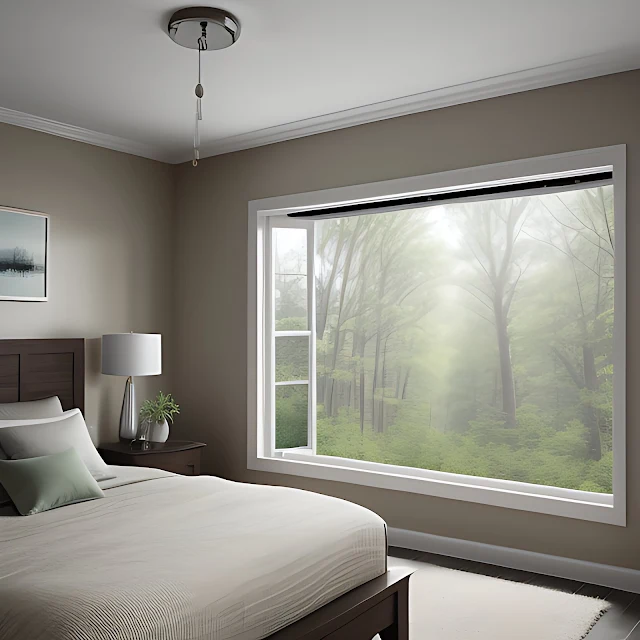Embracing Eco-Friendly Elegance: Sustainable Interior Design Trends
In the era of environmental consciousness, sustainable interior design has emerged as a powerful trend, blending style with a commitment to the planet. From recycled materials to energy-efficient lighting and sustainable furniture, these eco-friendly design choices are transforming living spaces into havens that not only look good but also contribute to a healthier planet.
Recycled Materials
Choosing recycled materials is a cornerstone of sustainable interior design. From reclaimed wood for flooring to recycled glass for countertops, the use of these materials reduces the demand for new resources and minimizes waste. Designers are now incorporating salvaged elements, giving them a new life and adding character to spaces.
Energy-Efficient Lighting
Lighting plays a pivotal role in interior design, and the shift toward energy-efficient options is both practical and eco-conscious. LED lighting, for instance, consumes significantly less energy than traditional incandescent bulbs and has a longer lifespan. Integrating natural light through strategically placed windows and skylights further reduces the need for artificial lighting during the day.
Sustainable Furniture
Indoor Plants and Green Walls
Bringing the outdoors inside is not just a design choice but also an eco-friendly one. Indoor plants not only add a touch of nature to your space but also contribute to improved air quality by absorbing pollutants. Green walls or vertical gardens take this concept a step further, turning walls into living, breathing works of art while enhancing overall well-being.
Water-Efficient Fixtures
In sustainable interior design, water conservation is as crucial as energy efficiency. Installing water-efficient fixtures such as low-flow faucets and toilets helps reduce water consumption without compromising functionality. This eco-conscious approach extends beyond aesthetics, promoting responsible resource use within the home.
Upcycled Decor
Smart Home Technology
Integrating smart home technology not only enhances convenience but also contributes to energy efficiency. From smart thermostats that optimize heating and cooling to automated lighting systems that adjust based on natural light levels, these technologies enable homeowners to minimize their environmental footprint while enjoying modern amenities.
In conclusion, sustainable interior design is more than just a trend; it's a conscious choice that aligns aesthetics with environmental responsibility. By embracing recycled materials, energy-efficient lighting, sustainable furniture, and other eco-friendly practices, individuals can create spaces that not only reflect their personal style but also contribute to a greener and more sustainable future.








Comments
Post a Comment